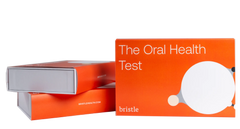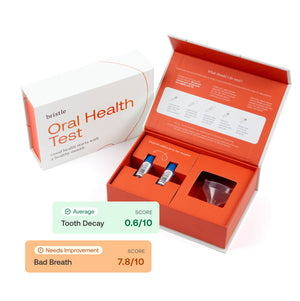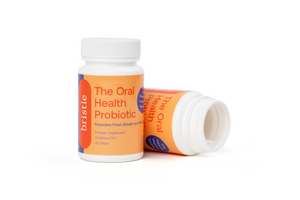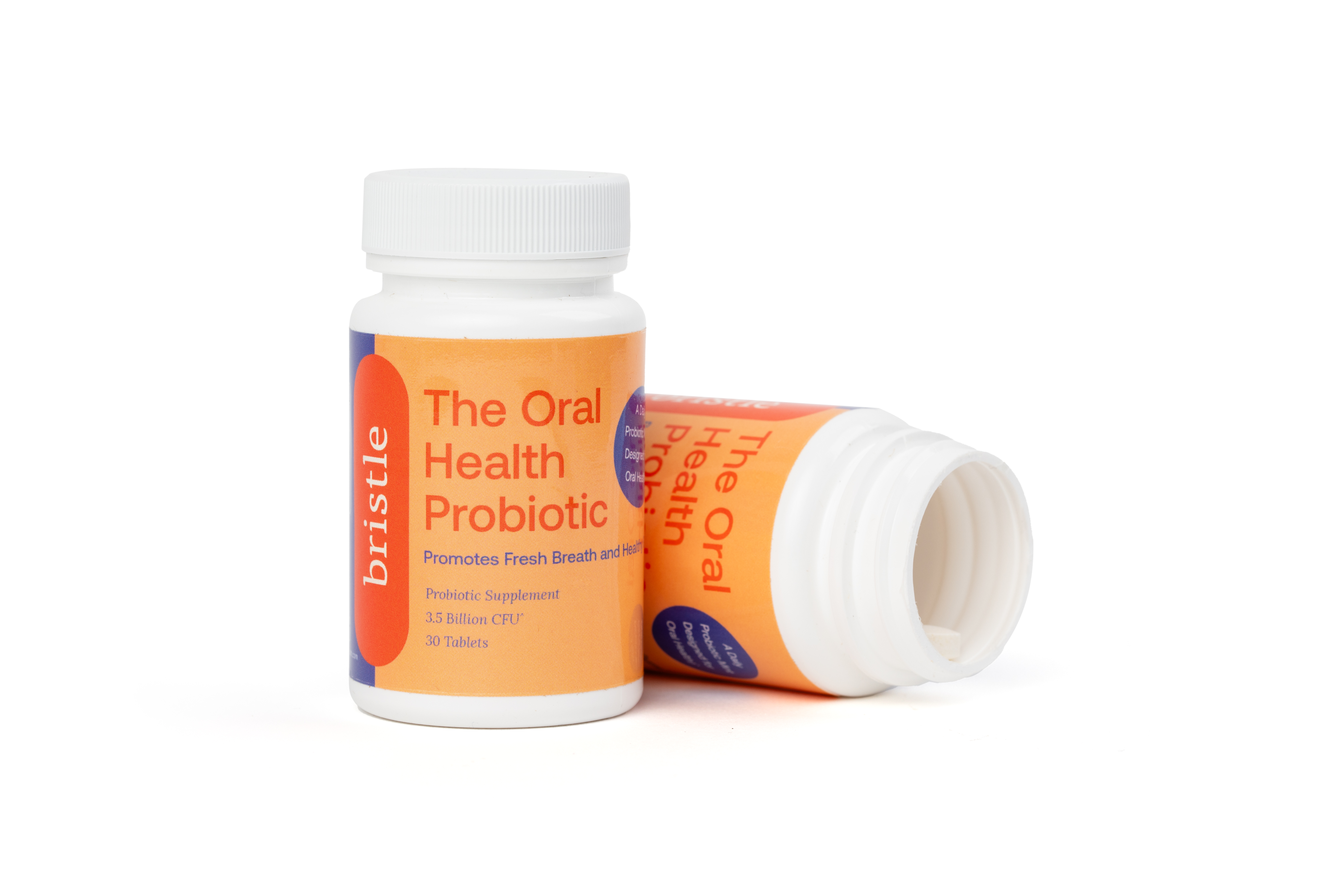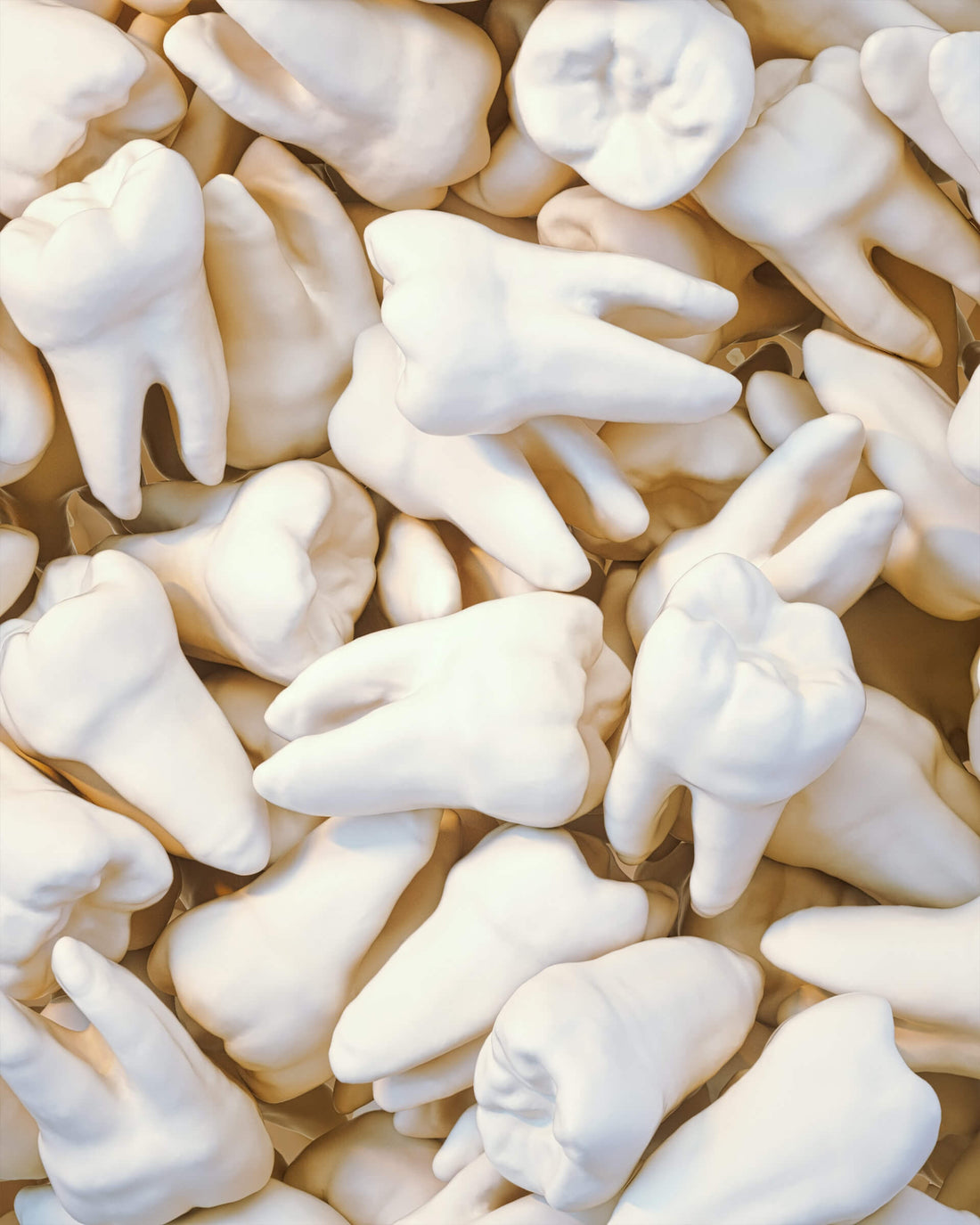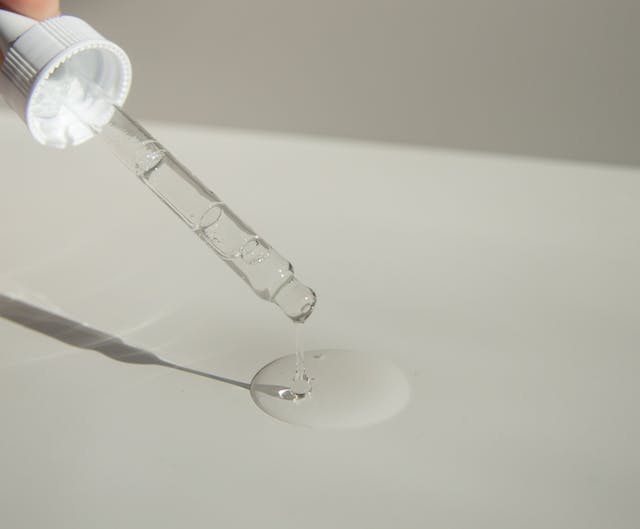Oh dear, something’s not right in your mouth. A tooth is bothering you but you might be doing your best to pretend it’s not.
However, pain or discomfort is your body’s way of telling you that something is wrong. If you ignore it, a small issue could grow into a big problem that will cost you in time, money, and discomfort. Of course, a trip to the dentist will make quick work of a cavity and prevent all that inconvenience.
But how to tell if you have a cavity? Let’s look at some common signs.
What Is a Cavity?
Cavities are extremely common, about 90% of adults in the US have had at least one cavity. Even so, many people don’t understand what cavities are.
Little bits of food in your mouth can encourage bad bacteria to grow. Acidic byproducts from this bacteria are strong enough to erode tooth enamel over time. Eventually, this can create a small hole, or cavity, in your tooth.
If left untreated, the tooth decay will continue to worsen until it reaches the more delicate inner area of your tooth. This can cause pain and could even develop into a life-threatening infection.
How to Tell if You Have a Cavity
Treating cavities early is pretty simple and relatively painless. Thus, it’s a good idea to know how to tell if you have a cavity. Here are some common signs.
1. Hot and Cold Tooth Sensitivity
Ahh, there’s nothing like sitting down with a nice hot cup of coffee or tea to relax until…ow! That hot liquid really hurt when it touched a particular tooth. Or you might have pain when eating ice cream or other cold foods. Or you might be sensitive to both.
As the cavity gets bigger, the enamel gets thinner and slowly exposes the sensitive nerve endings inside your tooth. That nerve doesn’t like it, in fact, that’s why it was cocooned inside your tooth in the first place. This sharp pain is sometimes a sign of cavities
2. Sensitivity to Sweets
In the same vein, you might notice sensitivity when eating sweet foods. Hot and cold sensitivity is more common but even room temperature foods that are sweet enough can cause an unpleasant reaction.
3. Stains on Your Teeth
As the acid eats into your enamel there may be visible signs. It usually starts as a white spot on the tooth that may be quite difficult to see.
However, as the cavity progresses, the stain will get darker. Cavity stains can be gray, brown, or even black spots and are generally a pretty sure sign that you have a cavity.
4. Holes in Your Teeth
As the cavity grows, there will be a hole in your tooth large enough to see in the mirror. You might even be able to feel it when running your tongue over the surface of your teeth.
This is a pretty big indication that something is wrong. However, remember that you won’t always be able to see the holes. Cavities often form in between teeth where you can’t see or feel them. However, you may notice sensitivity as we’ve already mentioned.
5. Bad Breath
Bad breath is often caused by an excess of bad bacteria growing in your mouth. The waste and byproducts from this bacteria cause a decidedly unpleasant odor.
For this reason, cavities and bad breath often go hand in hand. The same bacteria causing bad breath can cause a cavity.
Furthermore, as a cavity worsens, it provides a safe haven for the bacteria to hang out. A nice hole in your tooth is a perfect spot to hide from floss and toothbrushes. As the bacteria continue to flourish, your bad bread will worsen.
6. Tooth Abscess
Once the bacteria reach the sensitive inner part of your tooth, an infection is possible. It’s also pretty obvious when it happens.
You may experience extreme pain where your tooth has abscessed along with a pocket of pus. You might even develop a fever and swollen glands.
It is critical to seek treatment immediately. The infection from a tooth abscess can work its way into your bloodstream, which can be life-threatening.
7. Broken Tooth
Did your tooth break when you bit down on something hard or chewy? It might not be the peanut brittle’s fault! A large enough cavity will weaken your tooth to the point that it can break easily.
Definitely see a dentist as soon as possible if this happens to you. The quicker you act, the more likely it is that your dentist can save the tooth. However, in a worst-case scenario, you might need an extraction.
8. Tooth pain
Throbbing or persistent pain in the tooth can be a sign of cavities. Sometimes this can also feel like an ear ache or throbbing pain in the jaw.
What causes tooth decay?
Tooth decay is primarily caused by harmful acidogenic bacteria, which ferment sugar and produce acid. Acid lowers the pH, eroding the enamel on your teeth. Enamel is the outer layer on your teeth made up of calcium that is constantly regenerating. Streptococcus mutans and some Lactobacillus species are among the bacteria that cause cavities. These bacteria are common species in the mouth and are part of the oral microbiome.
The presence of these cavity-causing bacteria is strongly linked to the risk of caries. These bacteria produce acid by fermenting sugar in your saliva, which is why diet is such an important part of cavity prevention. Simple sugars ferment much more easily than complex carbohydrates, such as amylose, which leads to the production of acid as a byproduct. These acids erode the enamel on the teeth and cause tooth decay. These acids can also erode the deeper layers of the tooth, such as dentin and the pulp.
What happens if a cavity is left alone?
Some cavities can be repaired just from improve oral care at home! Early cavities, also known as incipient cavities, can be fixed through remineralization of the tooth by using oral care products such as fluoride toothpaste, or toothpaste with nano-hydroxyapatite. In these early cavities, the acid has only eroded a small part of the outermost layer of the tooth, called enamel.
However, as decay reaches the middle layer of the tooth, the cavity can no longer be repaired from home. This middle layer is called dentin. Damage to the dentin requires a dental filling to fix.
Decay can go even further into the tooth, and damage the pulp of the tooth. This part of the tooth structure is extremely important and protects the nerves within the teeth. Infections of the pulp require a root canal.
Stay on Top of Your Oral Health
Now that you know how to tell if you have a cavity, let’s talk about prevention.
For most people, cavities are pretty easy to prevent through reducing intake of sugary foods, and proper dental hygiene practices. Brush and floss your teeth regularly to remove food particles and cut down on the proliferation of bad bacteria in the mouth.
Of course, the same exact oral health regimen won’t produce the same results for everyone. Every individual has a unique set of bacteria living in their mouth, also known as the oral microbiome. This means their health needs will be different.
What type of toothpaste is best to use? Should you use mouthwash, which kind? And the questions go on.
Take the guesswork out of your oral health with Bristle. We measure the exact mix of bacteria in your mouth and make personalized recommendations so you can enjoy superior dental health!
